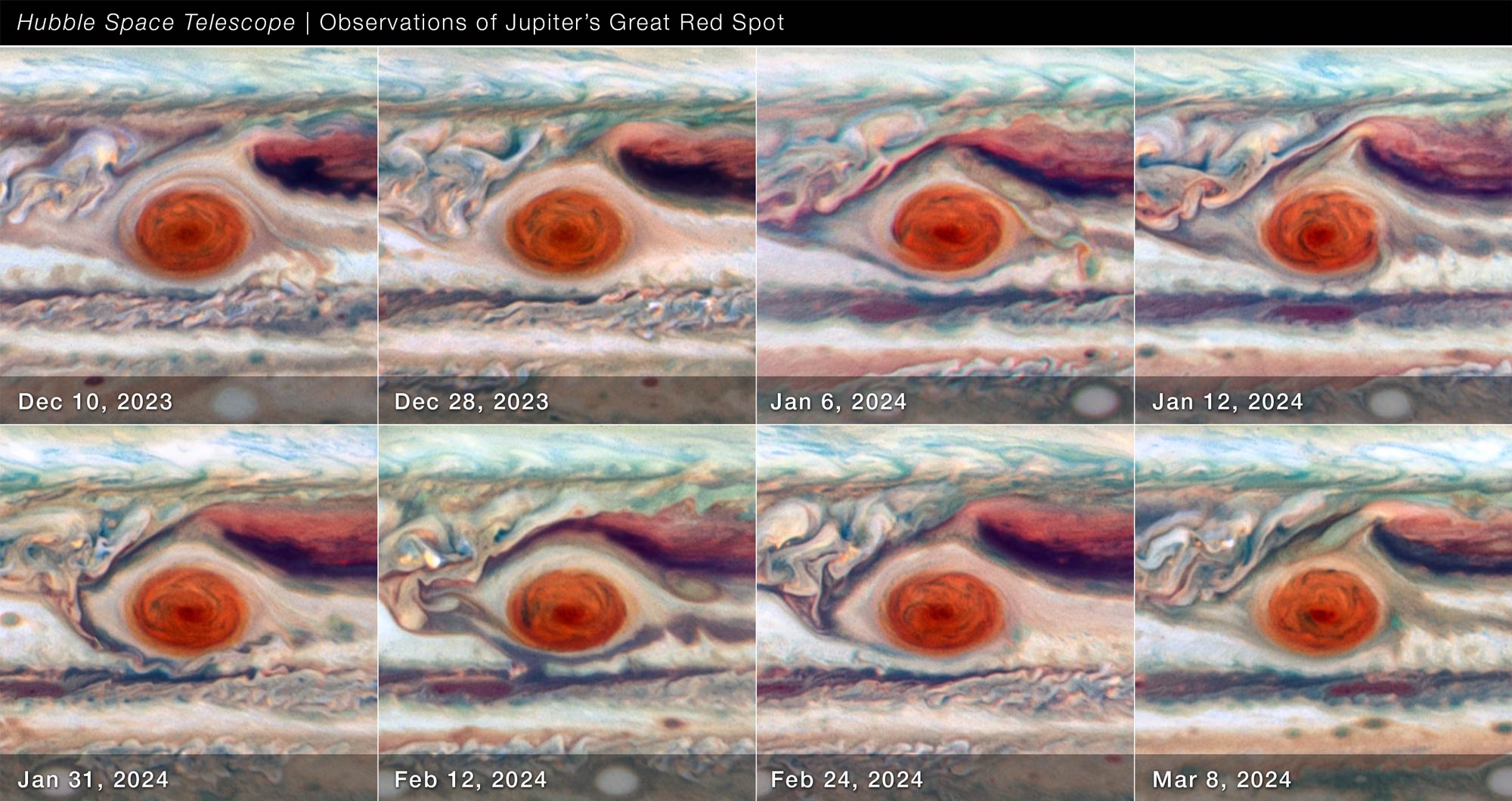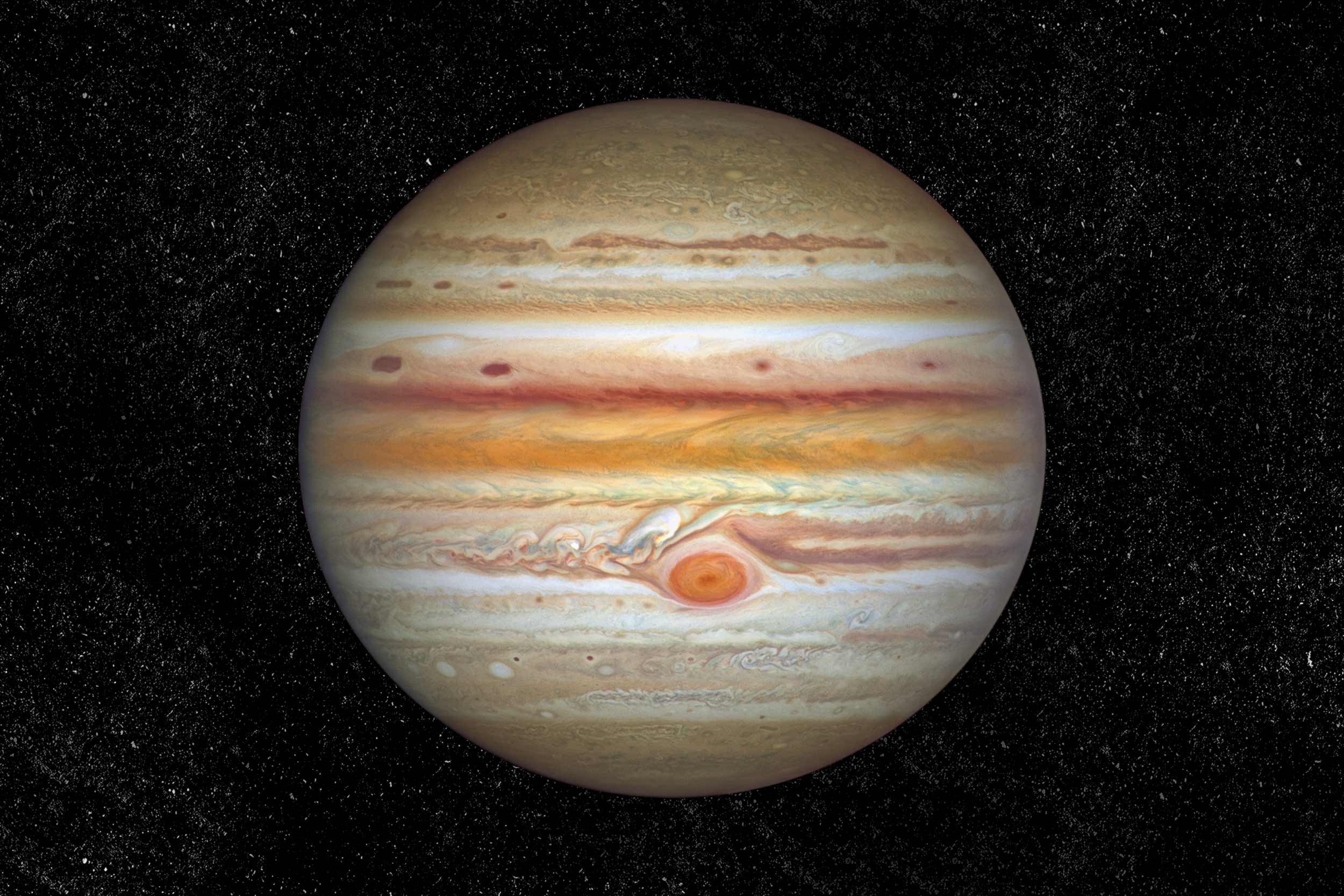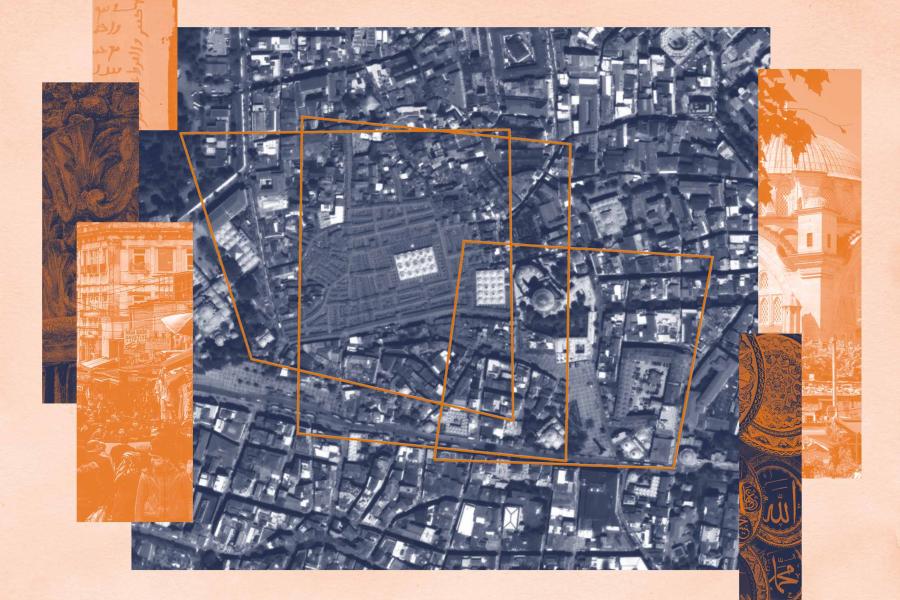The Great Red Spot on Jupiter, the largest known storm in the solar system, is apparently shifting shapes, according to a recent report.
A 90-day study, from December to March, of Jupiter using the Hubble Space Telescope revealed the Great Red Spot is not as stable as it might look. The Hubble observation findings were revealed in a recent report in The Planetary Science Journal.

Anne Verbiscer, a research professor in UVA’s Department of Astronomy, said intense study of Jupiter’s Great Red Spot reveals subtle variations. (University Communications file photo)
“It definitely wobbles,” Anne Verbiscer, a research professor in the University of Virginia’s Department of Astronomy, said of the Great Red Spot. “Within that time cadence, changes in the GRS size and shape as it moves faster and slower were a real surprise. We’ve been watching it change for decades, but not watching changes over 90 days. In this small time period, there are subtle variations in its size and shape.”
Amy Simon of NASA’s Goddard Space Flight Center in Greenbelt, Maryland, lead author of the paper published recently in The Planetary Science Journal, said the size of the Great Red Spot oscillates. Close observation through the high-resolution Hubble Telescope showed the spot squeezing in and out at the same time it moves faster and slower.
Researchers have attributed the Great Red Spot’s color to chemicals such as ammonia and acetylene in the upper part of the storm.
“It looks like a bloodshot cycloptic eye staring back at Earth,” read a summary of Simon’s report. “The anticyclone churns along a southern mid-latitude cloud belt and has survived in Jupiter’s turbulent atmosphere for at least 150 years.”
“Jupiter rotates about once every 10 hours,” Verbiscer said. “So, the Great Red Spot always stays at pretty much the same longitude. If you’re looking at Jupiter, you may or may not see the Great Red Spot because it might be on the other side of the planet. Wait several hours and it’ll come out from behind and be pointing at the Earth again.”

The Great Red Spot on Jupiter, the largest known storm in the solar system, has gotten smaller over the past 100 years. (NASA photo)
The perpetual storm, while it varies in subtle ways, appears relatively unmoving.
“The winds on Jupiter keep it constrained between certain latitudes,” Verbiscer said.
Jupiter is a gas giant, a concentration of gas surrounding a dilute core at the center.
“It’s the most massive planet in the solar system,” Verbiscer said. “Take the masses of all the other planets in the solar system and add them up, they don’t add up to what Jupiter’s mass is. It doesn’t have a solid surface, but it’s huge.”
And while Jupiter remains huge, its Great Red Spot is shrinking.











